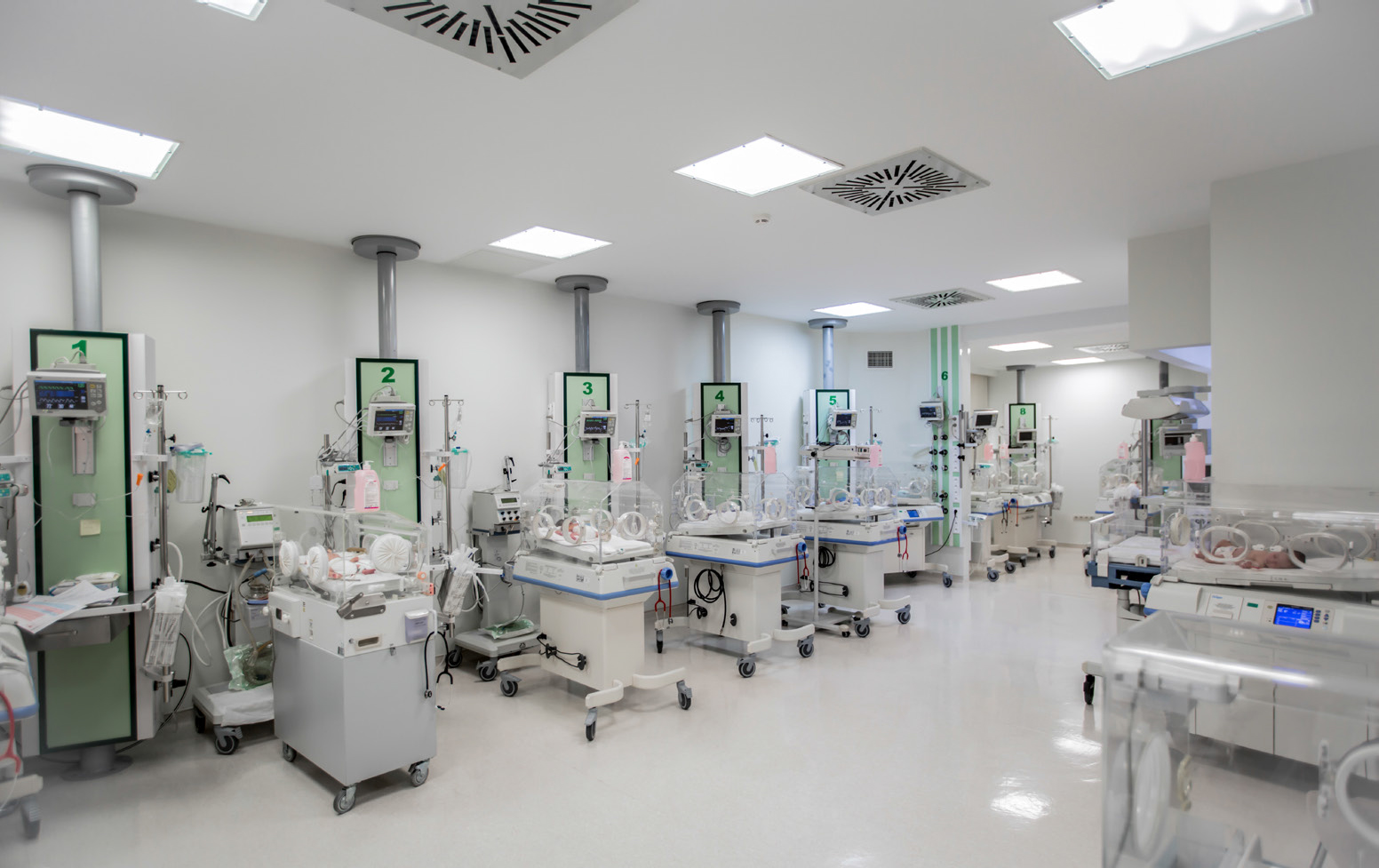
The Care Quality Commission's (CQC, 2024a) annual state of health and adult social care report summarises the performance of health and social care providers in England and highlights key themes. Maternity services are prominent as an area of concern. The report reiterates the findings from the CQC's (2024b) national maternity inspection programme, which covered 131 maternity providers not inspected since before March 2021. In that programme, almost half (47%) were rated ‘requires improvement’ (36%) or ‘inadequate’ (12%) overall. That position worsens to 57% for the 195 NHS maternity services in the CQC (2024a) state of care report. This represents the worst performance of the >34400 services covered.
The CQC's foremost concern was the safety of maternity services. The 2024 report showed that 45% of services were ‘good’ and 12% ‘inadequate’. Only 3% were ‘outstanding’, although this proportion is higher when the data for the five services that provide both maternity and gynaecology are included. This clearly highlights the importance of continuing with ongoing work to improve maternity services. Key issues found were unsafe practices, outdated and unsuitable facilities and staffing difficulties.
How does this affect women? When it comes to facilities, the CQC (2024a) found that ‘several maternity units were not fit for purpose’. Estates were unsuitable and there was a lack not only of facilities but also of space and, in some cases, sufficient life-saving equipment. This not only leads to a poor experience, but is a potential risk to life in some units.
The longstanding difficulty in recruiting and retaining midwives remains. In June 2024, midwifery applications were at their lowest for more than 6 years (CQC, 2024a). This means that staffing levels cannot always be optimised, or even flexed, to meet women's needs. In effect, this indicates that women will sometimes find too few midwives on duty, and have long waits for support, including answering of the ‘triage’ phone.
Perhaps, most concerningly, the CQC (2024a) found that a number of the findings from high-profile investigations at a small number of sites were widespread nationally. There were notable differences in how different services managed patient safety incidents, a ‘significant number’ of which went unreported, and in how they triaged women.
The CQC (2024a) made the point that this lack of reporting ‘normalises’ harm and ‘opportunities for learning are being missed’. It also means that women experiencing these incidents, which include postpartum haemorrhage, do not always receiving the information and support that they need to process what happened to them. Up to 5% of women develop post-traumatic stress disorder after giving birth (All-Party Parliamentary Group on Birth Trauma, 2024).
Despite maternity being recognised as clinically high risk, there are no national targets for triage. The CQC (2024a) found that ‘unsafe practice in triage formed the basis of 81% of enforcement actions issued to providers. It was also recognised as a safety concern in around a third of all inspections’.
The impact of inequalities in health outcomes for women using maternity services were also of concern. They are stark (CQC, 2022).
‘Black women are still 2.8 times more likely to die during or up to 6 weeks after pregnancy compared with women in White ethnic groups … and Asian women are 1.7 more times likely to die during the same period’. Mothers and Babies: Reducing Risk through Audits and Confidential Enquiries across the UK (2024)
Poor communication was also reported by women whose first language was not English. The CQC (2024a) made the point that this also affects their ability to give informed consent to treatment, as well as contributing to fear and anxiety.
Wide differences in how trusts collected and used demographic data hampered effective assessment of initiatives to reduce inequalities. The CQC (2024a) suggested that this is unlikely to improve without the introduction of national guidelines.
The CQC's report on the state of health and care services across the country sets maternity care firmly in context, right at the bottom of the table. While knowledge is power, and improvement efforts are ongoing, is NHS England's 3-year delivery plan for maternity enough to reverse these problems?
Table 1. Services with low ratings
| Provider type | Requires improvement or inadequate (%) | Total providers (all ratings) |
|---|---|---|
| Primary medical services | 6 | 6217 |
| Independent acute hospital services | 8 | 854 |
| Community healthcare services | 12 | 545 |
| Adult social care services | 18 | 23892 |
| Independent ambulance services | 27 | 193 |
| Mental health services (NHS and independent) | 28 | 868 |
| NHS acute hospital services | 30 | 1722 |
| NHS ambulance services | 40 | 10 |
| Maternity services | 57 | 195 |
| Total | 34496 |
Data taken from: Care Quality Commission (2024a)


